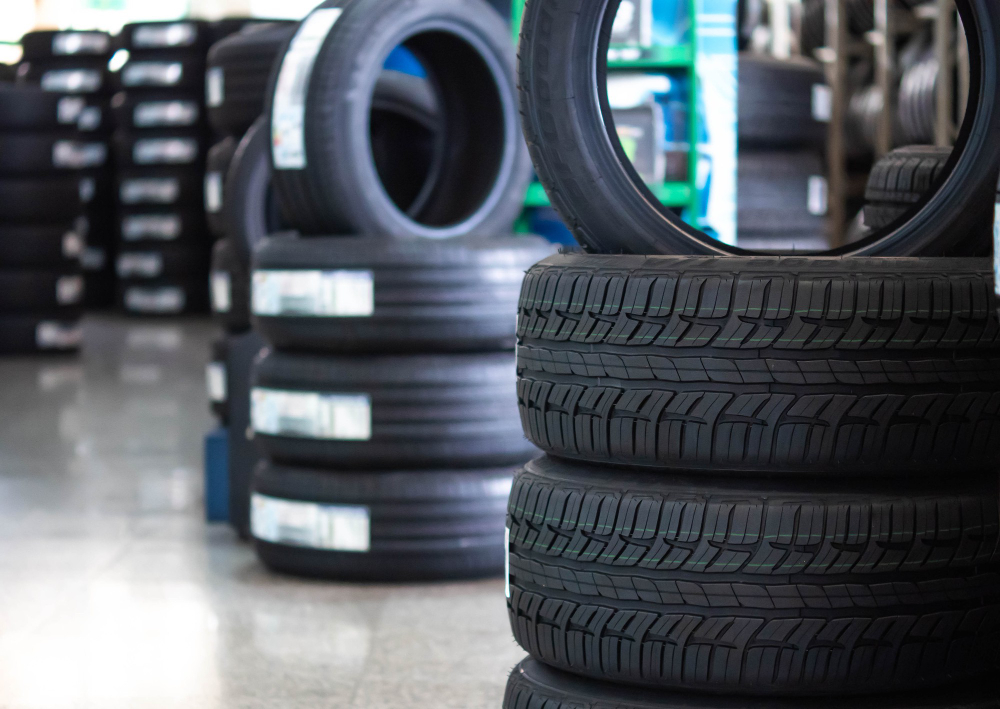Incorrect tire pressure can greatly affect handling, especially during emergency braking or cornering. Underinflated tires may bulge and burst, while overinflated ones reduce road grip and wear faster. This is why checking tire pressure monthly is a must.
Monitoring your tire tread is equally important. Tread depth below 1.6 mm increases the risk of hydroplaning, especially on wet roads. Some worn-out tires may appear visually fine, but internal damage or aging could compromise performance.
Tires typically last 3–5 years depending on use and climate. Even rarely used tires can deteriorate over time due to heat and UV exposure. Checking the DOT manufacture date on the tire’s sidewall is a good practice.
Wheel alignment and balancing are additional services that contribute to even tread wear, reduced vibrations, and longer suspension life. If your car shakes at high speed or your steering wheel tilts, it’s time for a check-up.
Tire rotation every 10,000 km or with every oil change ensures balanced wear across all four tires, which helps you avoid premature replacement on one end of the car and saves costs over time.
All of these are simple tire care routines that drivers can perform themselves or get done at a reliable service center. Ensuring your tires are in optimal condition provides peace of mind and a safer ride every day.
